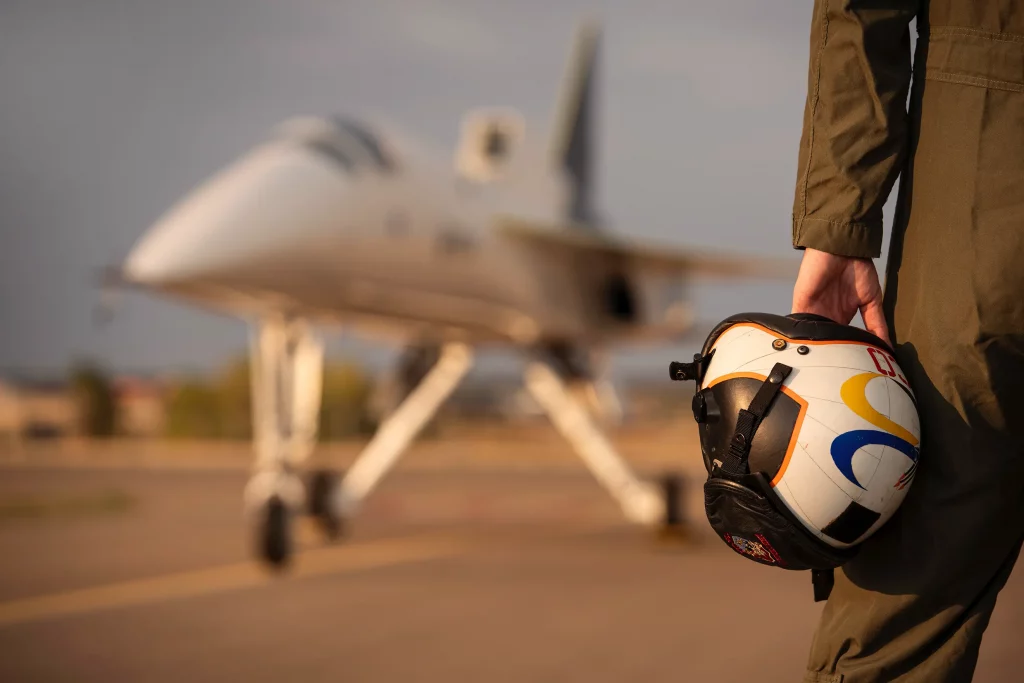Supersonic aircraft came of age in the late 1940’s, when the now legendary Captain Charles (Chuck) Yeager (USAF) created the first ever supersonic (in level flight) “boom” while breaking the sound barrier in a Bell X-1. The charismatic Yeager even named his rocket-propelled aircraft after his beloved wife…hence “Glamorous Glennis” broke the sound barrier after being air-launched from the belly bomb bay of a USAF B-29 Superfortress bomber, on 14th October 1947.
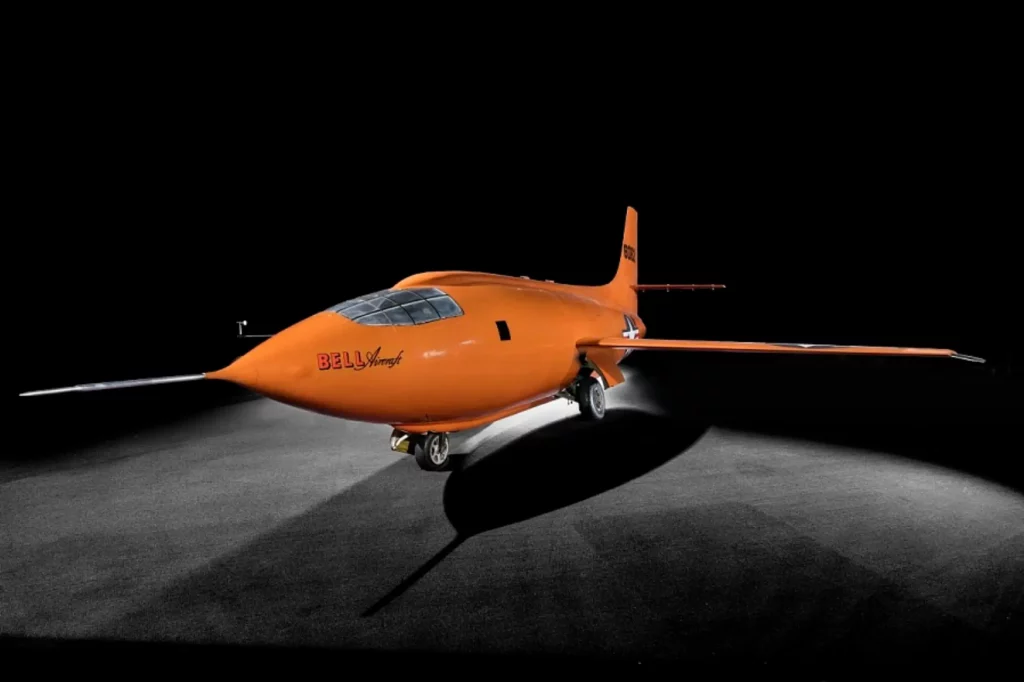
The actual Bell Aircraft X-1 that broke the sound barrier. (NASM)
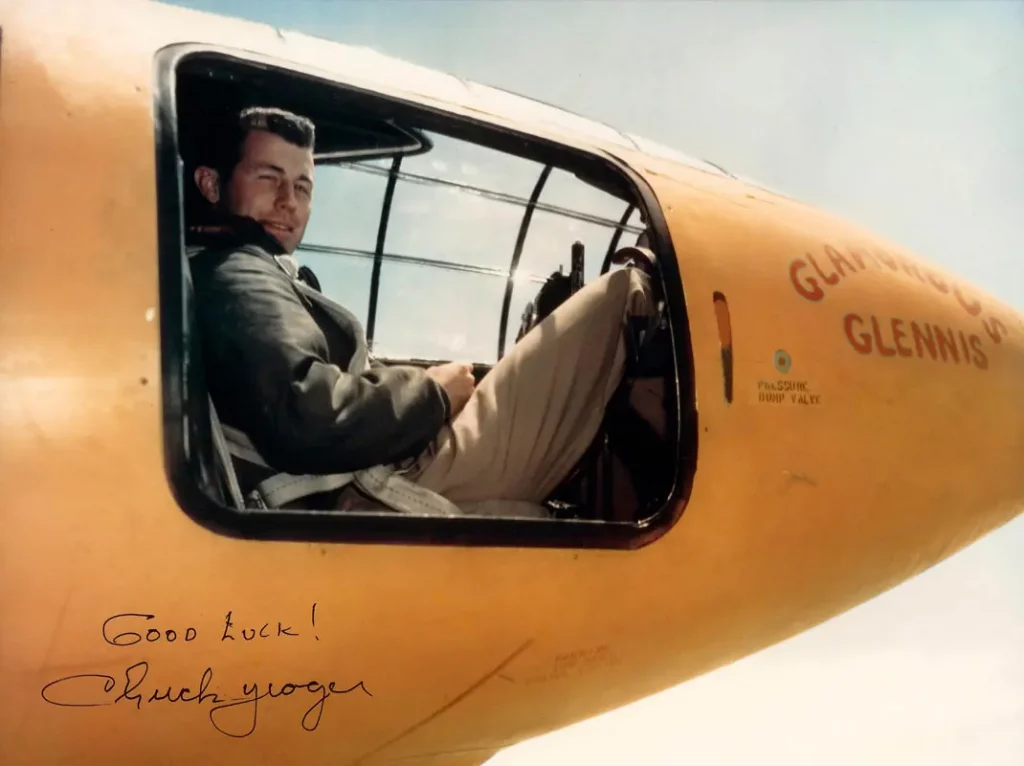
Captain Charles E. (Chuck) Yeager in the cockpit of the Bell X-1
It would be remiss of me (as a UK native) to not mention the fact that critical design aspects of the Bell X-1 were, in fact, derived from a Miles Aircraft UK (funded by the UK Air Ministry) design for a supersonic aircraft…the M.52.
Somehow, at that time in 1944, an anticipated “confidential technology exchange” with Bell Aircraft personnel visiting from the USA, did not occur and Bell Aircraft absconded with the crucial and highly secret British supersonic-capable tail geometry.
The “supersonics” now have a new aspiring category killer. Ushering-in this new era of supersonic air travel is….”Boom”. A not entirely new plan-form design concept, but Boom definitely embodies some technological and aerodynamic advances over the prior crop of supersonically capable airliners. Hence, Boom intends to assume the mantle of “newest” (but perhaps not the fastest) supersonic commercial airliner.
Forerunners of this latest supersonic airliner hopeful include the iconic Concorde (a world first and kudos to the Anglo-French consortium that designed and built this work of art) and the Russian follow-on, the Tupolev TU-144…also know somewhat mockingly as “Concordski”. This sobriquet was a result of the remarkable similarities in design and silhouette between the first and second iteration of the commercial supersonics. Unfortunately for the Russians, the capabilities of Concordski were not quite up to the task.
The TU-144 was quickly banished to intra-Soviet territorial flights after its untimely airborne break-up over a Paris suburb during the 1973 Paris Air Show.


By a strange and somber coincidence, Paris was also the final resting place of one of the last Concorde SST’s to fly in service. It is worth noting that the Concorde runway departure fire of July 2000 was the result of catastrophic foreign object damage (FOD) to a fuel tank, not the result of a design or functional failure.
Concorde came of age way ahead of its time, during an era when fingerprints were more familiar than noise footprints, sonic booms were of little concern and speed between transatlantic city pairs was all that mattered….In 1996 Concorde flew a passenger flight from New York to London in two hours, fifty-two minutes and fifty-nine seconds. This record remains unbeaten to this day !

The recent civilian forays into supersonic air transportation have resulted in some tantalizing projects, but nothing tangible.
Aerion AS2, a purpose-designed supersonic bizjet, fizzled somewhat spectacularly after gobbling some multi-million dollars of investor money. Candidly, we were never convinced that an eight passenger seat supersonic bizjet would be viable.
Other hopefuls such as Spike have not yet seen daylight or runway blacktop. Spike claims to be building a supersonic jet…without the “boom” !
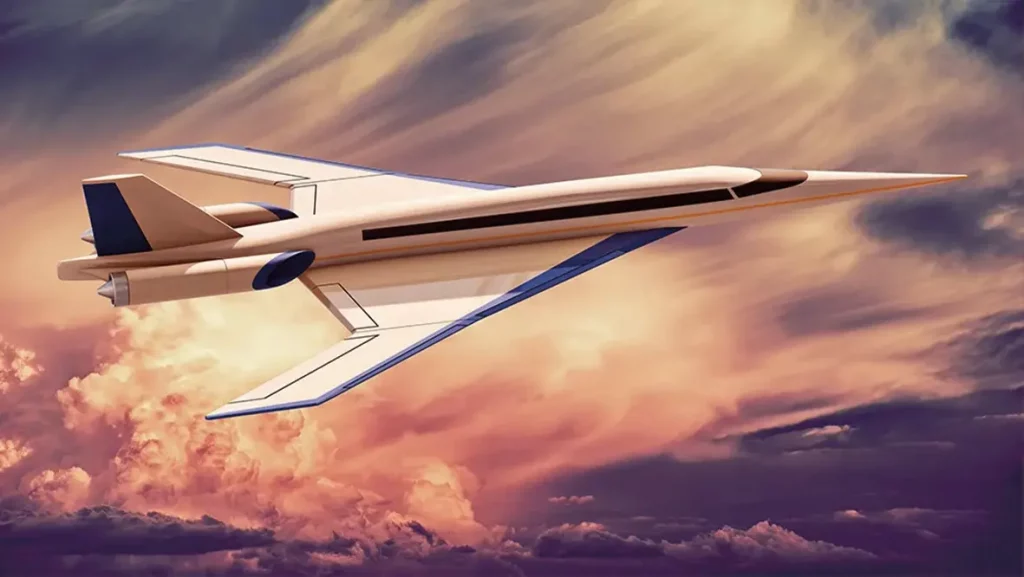
Boom Supersonic is the latest entrant to the commercial supersonic airliner project line-up and Boom hopes to redefine commercial air travel by bringing sustainable, supersonic flight to the skies. Boom’s commercial airliner, Overture, is designed and committed to industry-leading standards of speed, safety, and sustainability. Overture will be net-zero carbon, capable of flying on 100% sustainable aviation fuels (SAF) at twice the speed of today’s fastest passenger jets. Overture’s order book, including purchases and options, stands at 70 aircraft, and Boom is working with the United States Air Force for government applications of Overture. Northrop Grumman has also recently placed an order for special-mission-equipped Boom Overtures. The Boom XB-1 demonstrator aircraft rolled out in 2020, and its carbon neutral flight test program is underway.
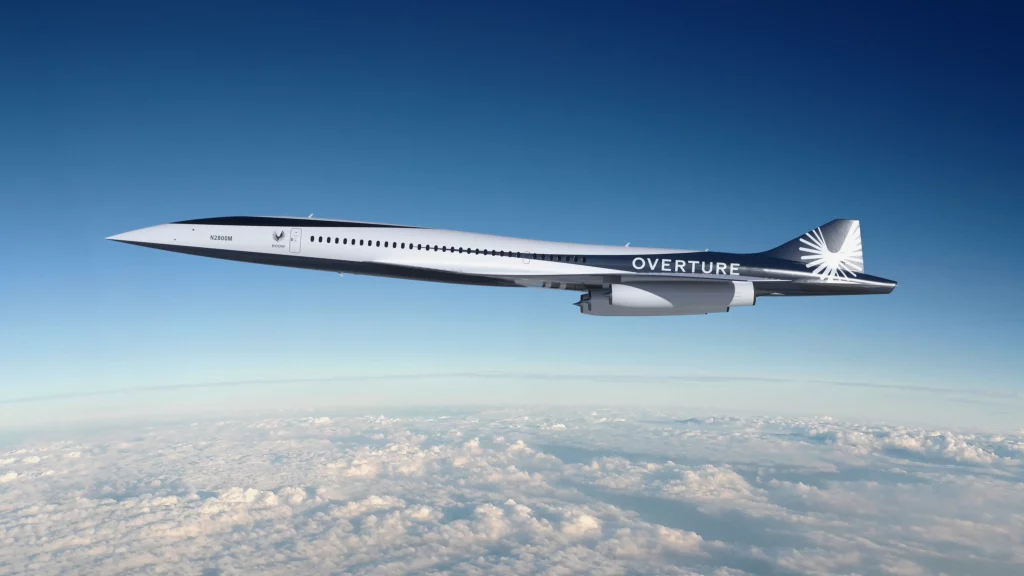

There’s only one real operational issue currently hindering the Boom game-plan…there is still no international consensus with regard to supersonic flight over the earth’s landmasses. This rolls-back the performance and range envelopes to the Concorde era and somewhat defeats the speed advantage, especially when the latest generation of “conventional” airliners can cruise just slightly subsonic across land and sea.
Furthermore, the proposed range of 4,250 nautical miles is only a slight increase over Concorde’s original range and the maximum altitude (seldom achieved under normal flight conditions) is still 60,000 feet. Boom’s proposed passenger load is a mere 88 passengers….Concorde could carry 100 passengers (I was once one of them !)
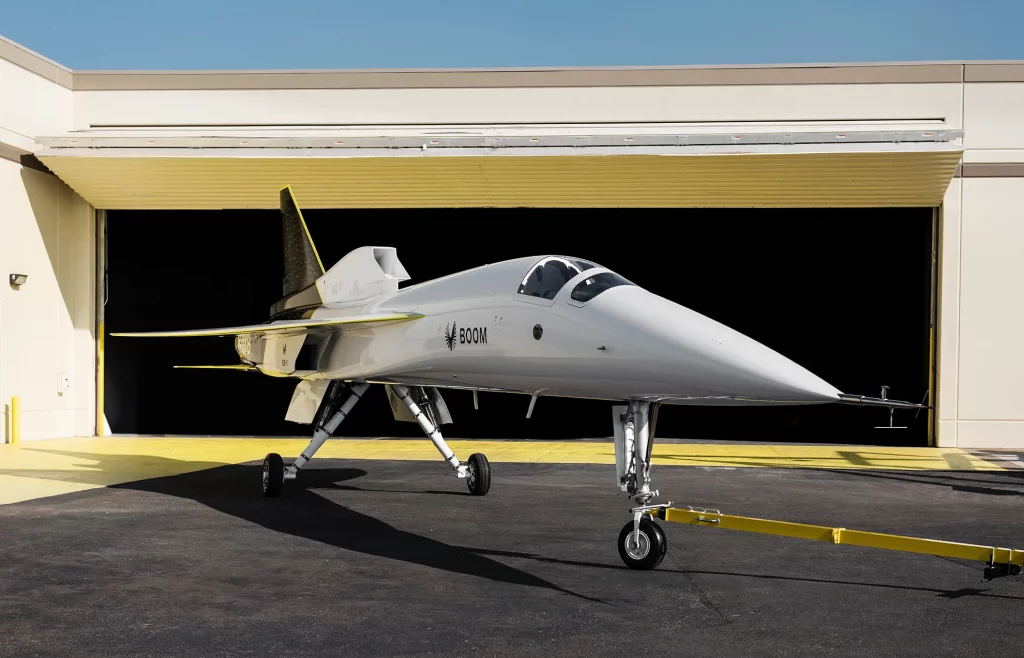

Bizjet Advisor has suggested to the Boom team that the natural extension of the commercial airliner application intended for Overture would be a “Boom Bizjet”. However, for some puzzling reason, BJA’s suggestion was dismissed because, as a public relations person in Colorado informed us “Boom is only designed to be a commercial airliner”…perhaps the Boom Overture team has never heard of the Boeing Business Jet (BBJ) or the Airbus Corporate Jet (ACJ) or the Embraer Lineage? These three commercial aircraft manufacturers have all successfully and lucratively converted their airframe offerings into highly customized bizjets.
Obviously, these airborne palaces are superior in range and payload capability. The payload conundrum cannot be easily resolved, but the range extension for the “new supersonics” can be accomplished using a well-tested military application….air-to-air refueling !
We can only imagine the radio exchange…”Overture one zero one, you are cleared onto to tanker at flight level five zero zero and at airspeed five hundred ….your fuel load is confirmed at thirty thousand gallons and your window expires at zero seven hundred Icelandic time”
Let’s hope that we can all fly supersonically in the near future, commercial or bizjet. Air travel is not exactly fun anymore and so the less time in the air, the better for all concerned!
